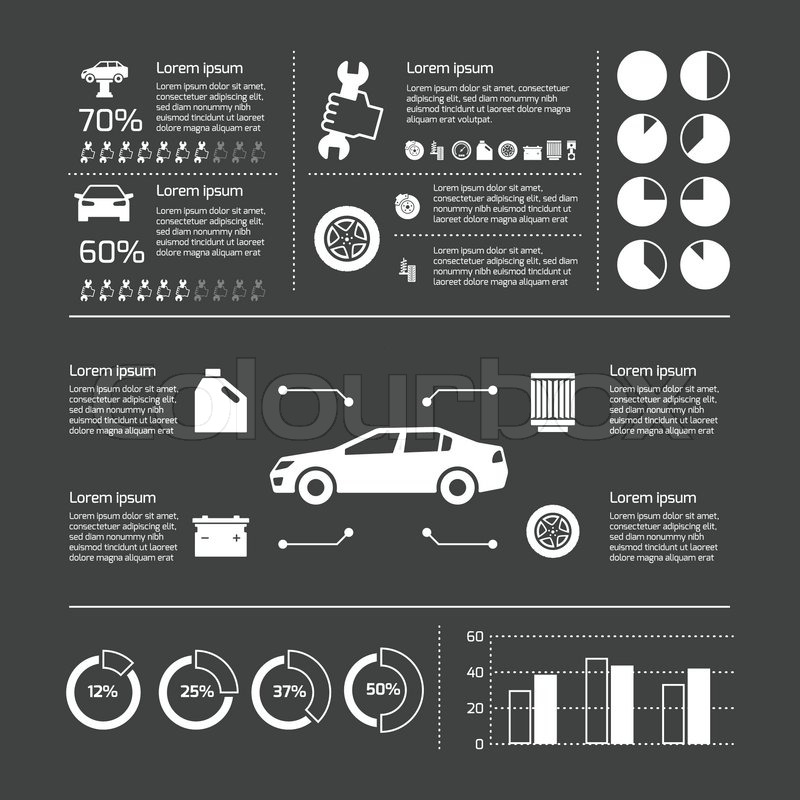Looking For Clearness On The Caution Lights Showed On Your Auto'S Control Panel? Discover Exactly How They Connect To Your Car'S Health And Safety
Looking For Clearness On The Caution Lights Showed On Your Auto'S Control Panel? Discover Exactly How They Connect To Your Car'S Health And Safety
Blog Article
Author-Vinson Shepherd
When you lag the wheel, those glowing warning lights on your control panel can be a bit puzzling. Do you recognize what they're trying to inform you regarding your automobile's wellness? Recognizing the significance of these lights is vital for your safety and security and the longevity of your car. So, the following time one of those lights turns up, wouldn't you wish to understand its message properly and take the required actions to address it?
Common Warning Lighting and Interpretations
Determine typical caution lights in your vehicle and recognize their definitions to ensure safe driving.
One of the most common warning lights consist of the check engine light, which indicates problems with the engine or discharges system. If this light comes on, it's crucial to have your vehicle checked immediately.
The oil pressure advising light suggests reduced oil stress, calling for prompt attention to stop engine damages.
A flashing battery light could recommend a faulty charging system, potentially leaving you stranded otherwise dealt with.
The tire stress surveillance system (TPMS) light signals you to reduced tire stress, affecting lorry security and fuel effectiveness. Ignoring this might lead to risky driving problems.
The abdominal muscle light suggests a trouble with the anti-lock stopping system, endangering your capability to quit swiftly in emergencies.
Last but not least, the coolant temperature level cautioning light warns of engine getting too hot, which can cause severe damages if not fixed swiftly.
Comprehending these common warning lights will certainly help you deal with problems without delay and maintain risk-free driving conditions.
Relevance of Prompt Interest
Recognizing the typical caution lights in your vehicle is only the first step; the importance of without delay dealing with these cautions can't be emphasized enough to ensure your security on the road.
When car interior detail brightens on your dashboard, it's your cars and truck's method of communicating a prospective problem that requires interest. Neglecting these warnings can bring about much more serious problems in the future, compromising your security and possibly costing you more in repairs.
Prompt focus to advising lights can avoid break downs and accidents. As an example, a blinking check engine light might indicate a misfire that, if left ignored, can create damage to the catalytic converter. Resolving visit their website can save you from an expensive repair.
Similarly, a brake system warning light could signify reduced brake fluid or worn brake pads, vital parts for your safety when driving.
Do It Yourself Troubleshooting Tips
If you discover a caution light on your dashboard, there are a few DIY fixing pointers you can attempt prior to looking for expert aid.
The very first step is to consult your car's manual to understand what the particular caution light indicates. Often https://wtop.com/montgomery-county/2022/04/gaithersburg-auto-shop-destroyed-in-saturday-fire/ can be as easy as a loosened gas cap activating the check engine light. Tightening the gas cap may solve the issue.
Another usual issue is a reduced battery, which can trigger different cautioning lights. Inspecting the battery connections for corrosion and ensuring they're secure might take care of the issue.
If a warning light persists, you can attempt resetting it by separating the automobile's battery for a couple of mins and afterwards reconnecting it. Additionally, checking your lorry's fluid degrees, such as oil, coolant, and brake liquid, can aid repair advising lights associated with these systems.
Final thought
To conclude, comprehending your car's warning lights is vital for maintaining your automobile running efficiently and securely. By without delay resolving these notifies and recognizing what they indicate, you can stay clear of expensive repair work and potential break downs.
Remember to consult your vehicle's manual for particular information on each alerting light and take action as necessary to ensure a trouble-free driving experience.
Remain informed, remain safe when driving!
